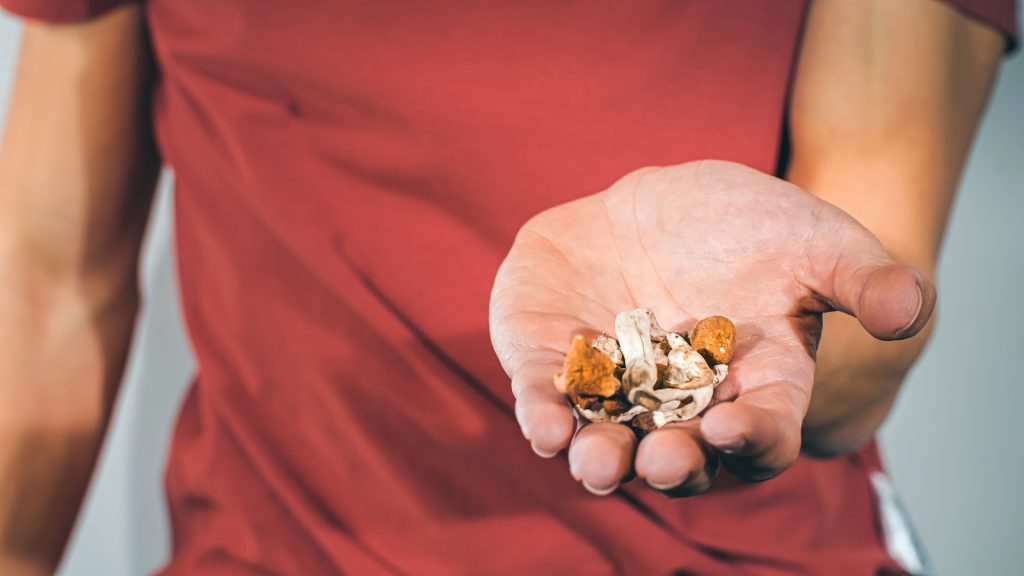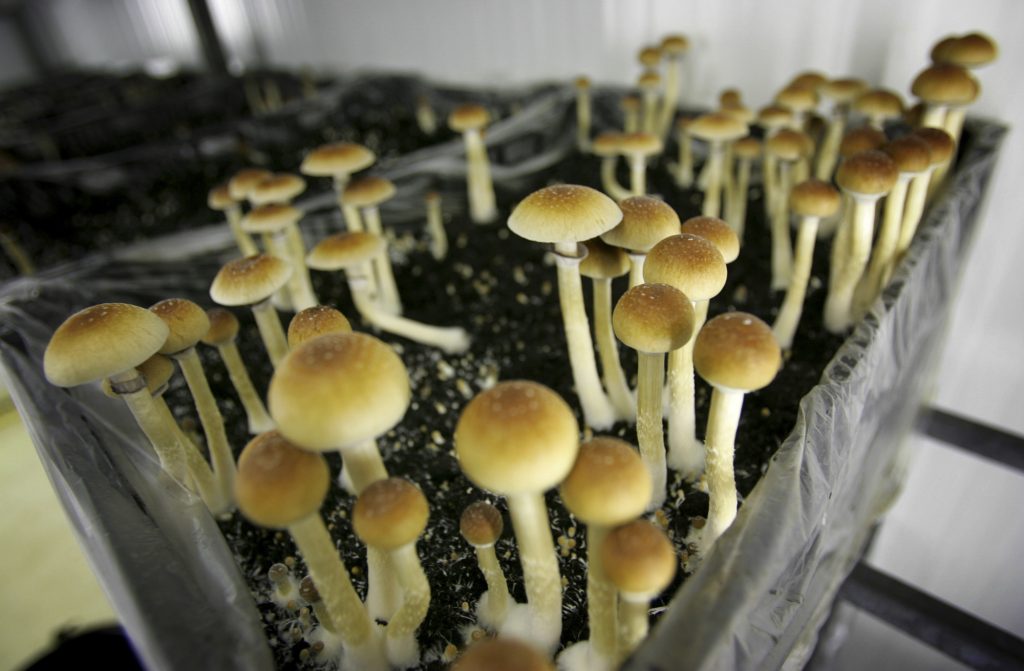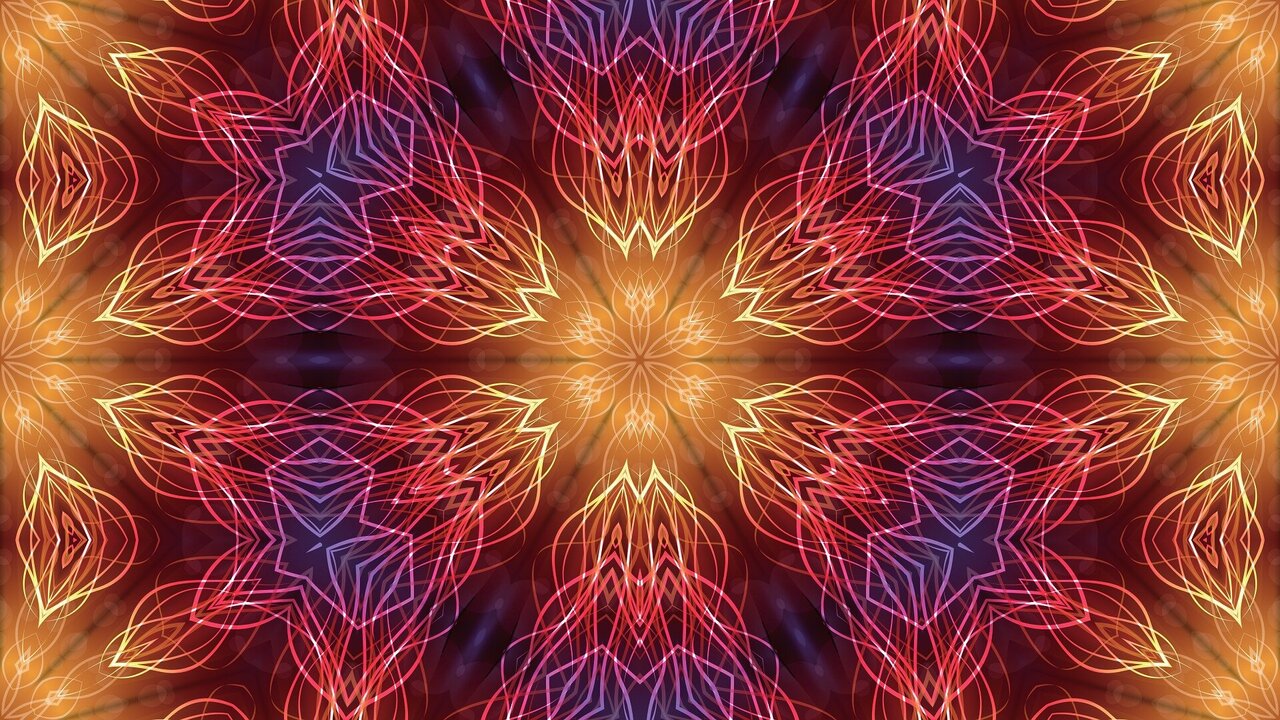Psychedelic drugs are widely used by both recreational and medical users. This article will compare LSD and psilocybin, as well as their effects. We’ll also discuss some of the side effects of psychedelic drugs. For more information, please read our guide to psychedelic drugs. You’ll discover whether these drugs are safe for human consumption. And, we’ll tell you about the potential side effects of psychedelics, including the risk of addiction.
Psychedelic drugs
Psychedelic drugs are compounds in plants that have been found to have profound effects on the human mind. They can reset neurotransmitter levels in the brain and induce a mystical experience. They may even teach the user a new way of thinking. Though psychedelics are still experimental, growing clinical interest is uncovering the unique experiences induced by these substances. LSD vs shrooms have similar effects on the brain. Both types of psychedelics induce an elevated heart rate and blood pressure. In some cases, these effects can be dangerous.
LSD was developed by Swiss scientist Albert Hoffman. This compound is clear, odorless, and tasteless. It is derived from the lysergic acid found in fungi. Because it mimics the biological activity of the fungus, LSD is used to induce psychedelic experiences. Its chemical structure is very similar to that of psilocybin, another psychoactive substance found in fungi. LSD is typically consumed by mouth as a pill, though it can also be taken as a liquid or absorbed through a soaked piece of paper.
While both substances cause a heightened sense of awareness and altered moods, there are a few key differences between these two. Both produce a high that resembles euphoria. The high is accompanied by a decrease in the brain’s “default mode network”, a system of interconnected regions of the brain that plays a crucial role in introspection. Moreover, psychedelic drugs increase the connectivity of neural networks, allowing individuals to experience novel sensory inputs.

Whether or not they work for depression or anxiety remains to be seen. Some studies have found that LSD and mushrooms are beneficial for overcoming trauma and overcoming depression. They are not a cure, but rather a tool to explore new paths. Psychedelic treatments are only effective when other therapies have failed, and they should only be used when other treatments are not working. There are still many questions and research needs to be conducted to discover the true benefits of these treatments.
Despite its popularity, psychedelic substances have been used to treat mental health disorders, particularly depression and anxiety. They may also be used in conjunction with therapy, prescribed medication, meditation, and other forms of treatment. The chemical lysergic acid diethylamide (LSD) is a synthetic hallucinogen that was first discovered by Albert Hofmann in 1938. It induces visual and auditory hallucinations and was heavily studied during the 1950s and early 1960s. However, the drug became illegal in the US and banned in 1971.
Despite its controversial nature, research on psychedelics has begun again. New legislation in several states and cities have made psilocybin legal, and respected institutions have opened research centres for its medicinal use. Johns Hopkins University and the University of California Berkeley have both opened research centers to explore the therapeutic potential of these drugs. The Icahn School of Medicine at Mount Sinai are among the many places that have begun psychedelic research.
LSD vs psilocybin
Psilocybin in mushrooms and LSD have distinct effects on the human brain. LSD produces a stimulating high while psilocybin is a more mellow trip. Both psychedelics can induce a transcendental experience, though opiates have a shorter comedown than psilocybin. Both produce hallucinations and different physical effects.
In a recent study, researchers found that only one out of every 1800 people who consumed magic mushrooms sought medical treatment. This was largely due to the fact that the majority of adverse effects were short-lived. In fact, only one participant had symptoms lasting longer than 24 hours. However, this reassuring result has implications for the legal status of psilocybin in mushrooms.
Before you try LSD or psilocybin in mushrooms, it is crucial that you get comfortable with each substance individually. Lowering the dose by at least a third is necessary in the first few trials. When you’re ready to combine these substances, make sure to follow instructions carefully. The two substances have different effects on the human body and mind, so take the appropriate amount before beginning your experiment.
To experience the same effects, you need to consume a small amount of the drug. Depending on the dosage, a single psilocybin pill is usually 0.3 grams. For clinical trials, psilocybin is chemically synthesized in a lab. It is usually consumed in a pill or applied to a small gelatin square, called a window pane.

Side effects of psychedelics
Psychedelics are considered safe, but can also cause unwanted side effects. The effects of psychedelics can vary, depending on the drug used. Some can be prevented, such as vomiting, by consuming ginger, either as a supplement or in tea. Other people may take antiemetic medications, such as cyclozine and promethazine. Medications for nausea are also available, including cannabis, dopamine antagonists, and serotonin 5HT3 receptor antagonists.
A common long-term effect of psychedelics is hallucinogen persistent perception disorder. It involves repeated experiences of drug-induced psychosis, which can cause significant distress and impairment. While the effects of psychedelics vary, they are still considered dangerous for people with substance use disorders or who have a history of mental health conditions. Further, repeated use of the drug can result in tolerance, which could cause overdose and death.
Taking psychedelics can lead to euphoria and a sense of detachment. Psychedelics are commonly used recreationally to reduce stress and anxiety. Some are even used for medical reasons, including helping people quit smoking and abstaining from alcohol. These effects, however, are still in their early stages, and more studies are needed to prove whether or not they are safe and effective. Moreover, higher doses are more dangerous, so caution should be exercised while using psychedelics.
Using psychedelics for therapeutic purposes is not recommended unless it is supervised by a medical professional. These drugs may impair judgment and may cause individuals to believe they possess superhuman powers. Drug abuse can lead to bacterial and metal contamination, which can cause infections and toxicity. Repeated use of psychedelics can result in problems with self-control, especially for those with a history of substance abuse.
Tags: LSD vs shrooms, psychedelic drugs, psychedelics, psychedelics side effects